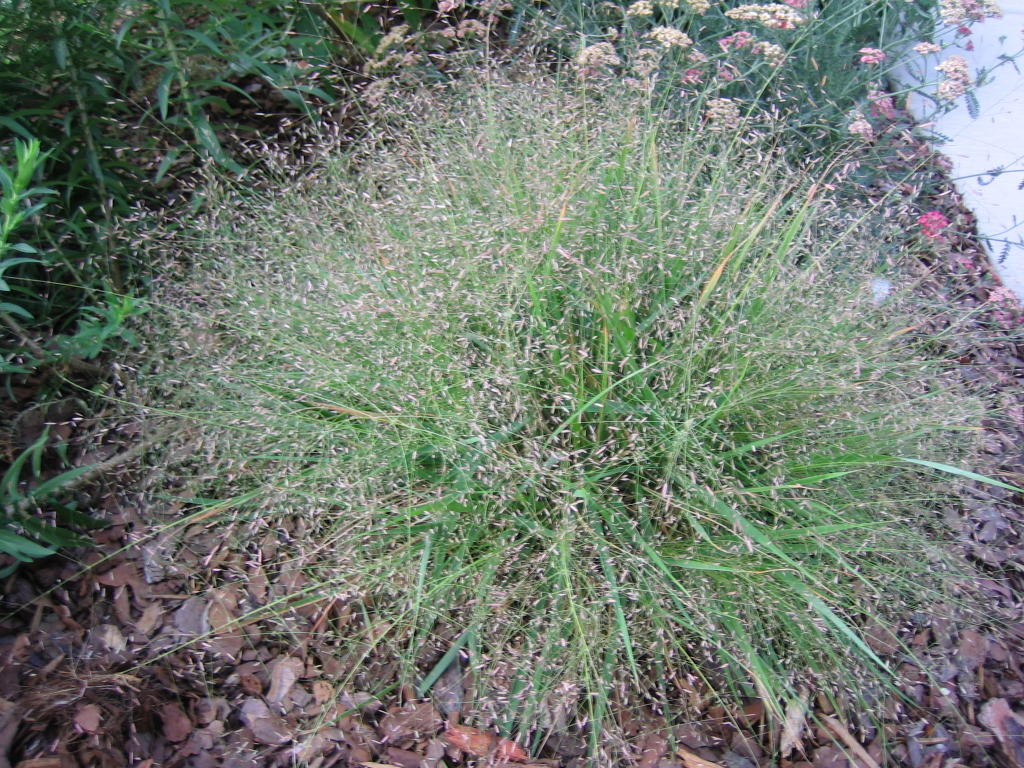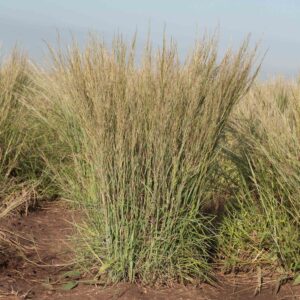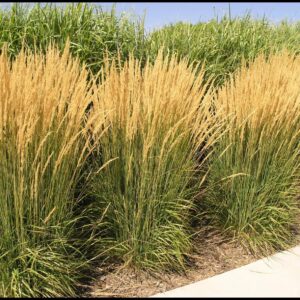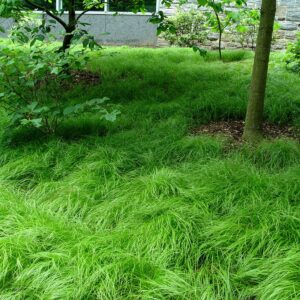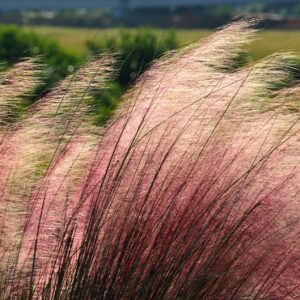Description
Purple Lovegrass Characteristics
Eragrostis spectabilis has thin bladed green leaves that grow in clumps. In spring and summer the clump will send up “fluffy” shoots with tiny flowers on them. This creates a cloud above the body of the plant with different colored hues.
Used to meadows, purple lovegrass is best planted in open fields or areas that receive direct sunlight for most of the day as it thrive in warm and dry soils. Though drought tolerant, some watering may be required in the hottest months. However, soil should be left to dry between waterings. Soils should have excellent drainage as purple lovegrass naturally grows in sandy soils.
While purple lovegrass does not require fertilizer, it does need pruning up to twice a year. Old stems and dead grass should be cut away a few times per year. Just before winter sets in, mow the grass to only a few inches in height. This is dispose of dormant leaves and encourage new growth in the spring.
This is generally a disease and pest free plant, though spittle bugs may occasionally make an appearance. Pesticides will usually take care of this. Avoid over watering to prevent root rot.
-
USDA Climate Zone
Zones 5 - 9
-
Height
1.00 - 2.00'
-
Spread
1.00 - 2.00'
-
Bloom Time
July - August
-
Water
Dry - Medium
-
Sun
Full Sun
-
Maintenance
Low
-
Deer Resistant?
No
